Hi GPODers!
A few weeks ago I shared some photos I took after various snow storms here in Connecticut (A Snow Day in Connecticut). Though I can always find the beauty in the pared down landscape and icy patterns created in the snow, I do need a dose of color to get me through the long winter months. This is where I turn to indoor plants. Some of those include winter-blooming classics like amaryllis, cyclamen, and poinsettia, but there are some cacti that have surprised me with their bright blooms (and no—they are not Christmas, Thanksgiving OR Easter cactus). Before we welcome spring with open arms, and my indoor plants experience their inevitable spring and summer neglect, I wanted to sing the praises of some of my favorite houseplant blooms from this winter.
The first flower is a pretty pink version of a winter classic: the amaryllis. This plant was given to me as a gift this year, and gave a succession of seriously spectacular blooms with minimal water and a warm spot in a sunny window.
‘Sweet Nymph’ amaryllis (Hippeastrum ‘Sweet Nymph’, Zones 8–10 or as a houseplant) has fully double blooms with watermelon pink and white petals that have gorgeous veining. Each new flower is completely unique in its coloring and patterns, making every bud opening an exciting experience.
I will be attempting to put this bulb into dormancy and store her through the summer and fall to get more blooms next winter (If you have an amaryllis you’d like to do the same with, you can learn how that is done here: An Amaryllis Encore). If I’m successful, I’ll document the process and hopefully have new flowers to share with you next year!
But on to the slightly more unexpected! This thimble cactus (Mammillaria vetula, Zones 9–11 or as a houseplant) almost didn’t survive 2023, but a rebound of growth and even some flowers has encouraged me that it isn’t time to give up yet.
This cactus does not traditionally flower in the winter, but anyone who grows flowering houseplants knows you have a bit more control over your blooms than you might have outside. This is particularly low-effort when it comes to cacti, as you need to neglect these plants to induce flowering. Cacti need a season of dormancy to produce flowers, meaning exposure to come cooler temperatures, less light, and even less watering than their normal schedule. The earlier you start this dormancy, the earlier they will flower. I keep my cacti in a windowsill and often fall off of my watering schedule, so dormancy is usually induced unintentionally.
The other cactus that produced eye-catching flowers this winter is another pincushion cactus related to the tiny thimble variety above. Mammillaria haageana (Zones 9–11 or as a houseplant) is striking all year-round with its unique, dark brown to black spines criss crossing around the flurry of smaller, bright white radial spines.
But it really shines when it starts forming its crown of bright pink flowers. This photo was taken on February 17th…
And it absolutely exploded with blooms just a week later on February 26th!
These flowers are very tiny, but they’re shiny and provide an encouraging dose of bright color before the first flowers start emerging outside. I may not have intentionally induced these blooms, but happy accidents can be some of the best prizes in gardening!
I hope you enjoyed this tribute to a few of the indoor plants that kept the growing season going for me indoors. I haven’t sung the praises of my houseplant collection in a while, so let me know if you’re interested in seeing more.
We tend to focus on outdoor gardens here at Garden Photo of the Day, but here’s your reminder that we love to see a houseplant collection as well! Whether you grow these potted wonders alongside your outdoor designs, or are an apartment dweller who gets your gardening fix solely from indoor plants, we’d love to see the houseplants that fill your shelves, tables, and windowsills. Follow the directions below to submit your photos via email, or send me a DM on Instagram: @agirlherdogandtheroad.
Have a garden you’d like to share?
Have photos to share? We’d love to see your garden, a particular collection of plants you love, or a wonderful garden you had the chance to visit!
To submit, send 5-10 photos to [email protected] along with some information about the plants in the pictures and where you took the photos. We’d love to hear where you are located, how long you’ve been gardening, successes you are proud of, failures you learned from, hopes for the future, favorite plants, or funny stories from your garden.
Have a mobile phone? Tag your photos on Facebook, Instagram or Twitter with #FineGardening!
Do you receive the GPOD by email yet? Sign up here.
Fine Gardening Recommended Products
Lee Valley Garden Obelisks
Fine Gardening receives a commission for items purchased through links on this site, including Amazon Associates and other affiliate advertising programs.
Sturdy yet lightweight, these obelisks provide ample support for climbing plants while being easy to install and move. The medium obelisk stands 68 1/2" high overall with a diameter of about 9 1/2", compact enough for smaller containers indoors or out. The large size stands 86 1/2" high with a diameter of 15 3/4", ideal for larger outdoor spaces and containers.
Niteangel Natural Wooden Insect Hotel, Garden Insect House for Ladybugs, lacewings, Butterfly, Bee, Bug
Fine Gardening receives a commission for items purchased through links on this site, including Amazon Associates and other affiliate advertising programs.
The insect nest box provide a safe environment where garden creatures can shelter, hibernate and lay their eggs, the insect house can also keep insects from entering your warm room. The insect hotel makes it easy to find and observe fascinating creatures. the butterfly, bees and ladybugs can use this product as habitat. Dry wood and Bamboo can be home to many insects such as ladybirds and lacewings which eat aphids and help keep your plants pest-free. the insect hotel improve the growth of plants in your yard by attracting beneficial insects. The iron design on the top can keep the insect house from rainwater. Let the insect house have a longer useful life and make the insects more comfortable. If you only have a balcony or yard, the hanging garden shelter is ideal as it provides a choice of suitable habitats in a small area.
Planting in a Post-Wild World: Designing Plant Communities for Resilient Landscapes
Fine Gardening receives a commission for items purchased through links on this site, including Amazon Associates and other affiliate advertising programs.
Featuring gorgeous photography and advice for landscapers, Planting in a Post-Wild World by Thomas Rainer and Claudia West is dedicated to the idea of a new nature—a hybrid of both the wild and the cultivated—that can nourish in our cities and suburbs.
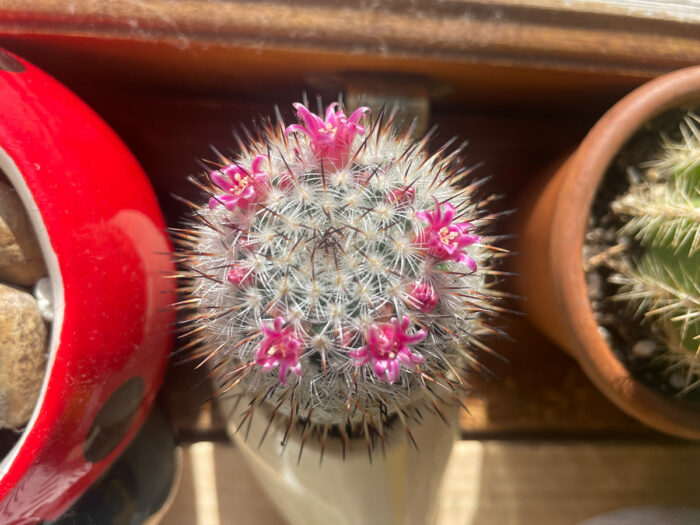
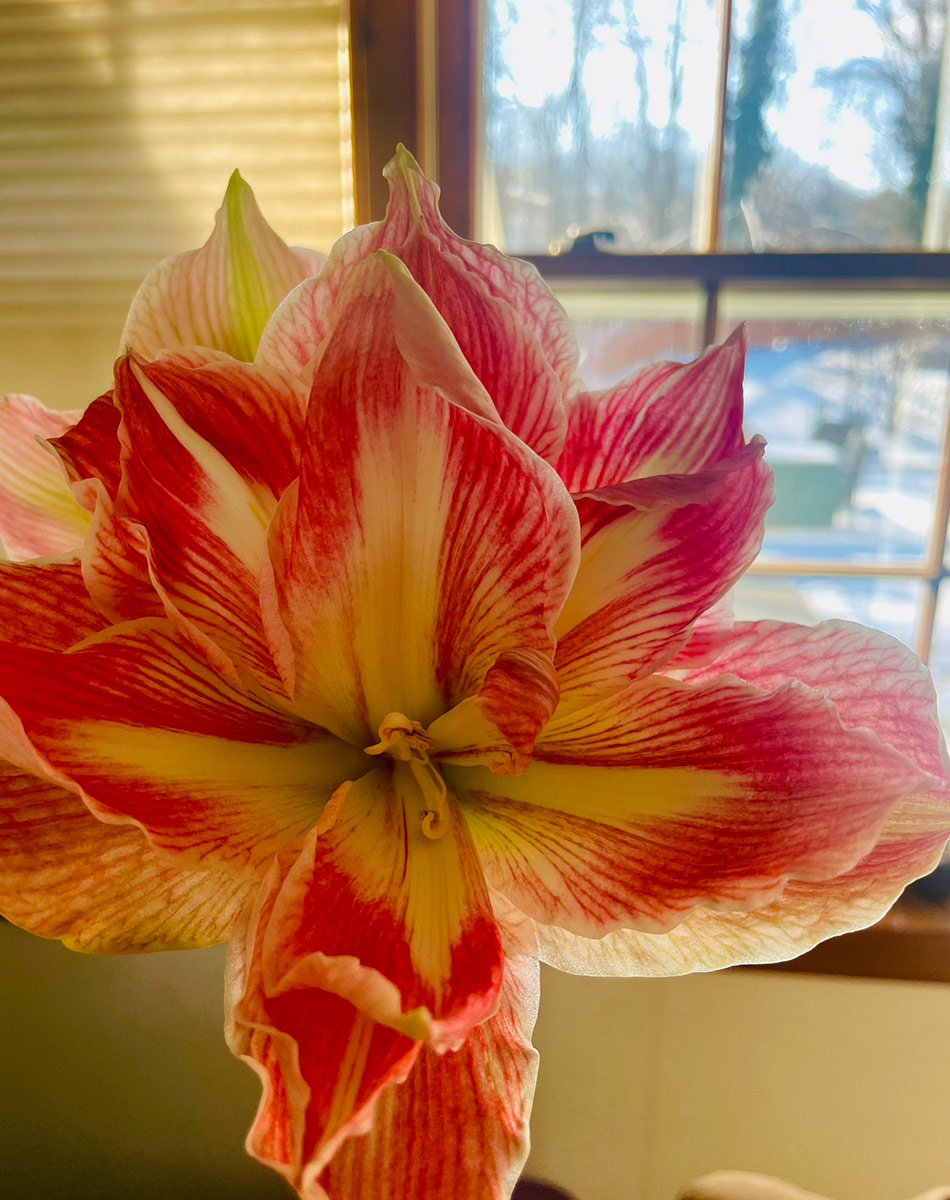
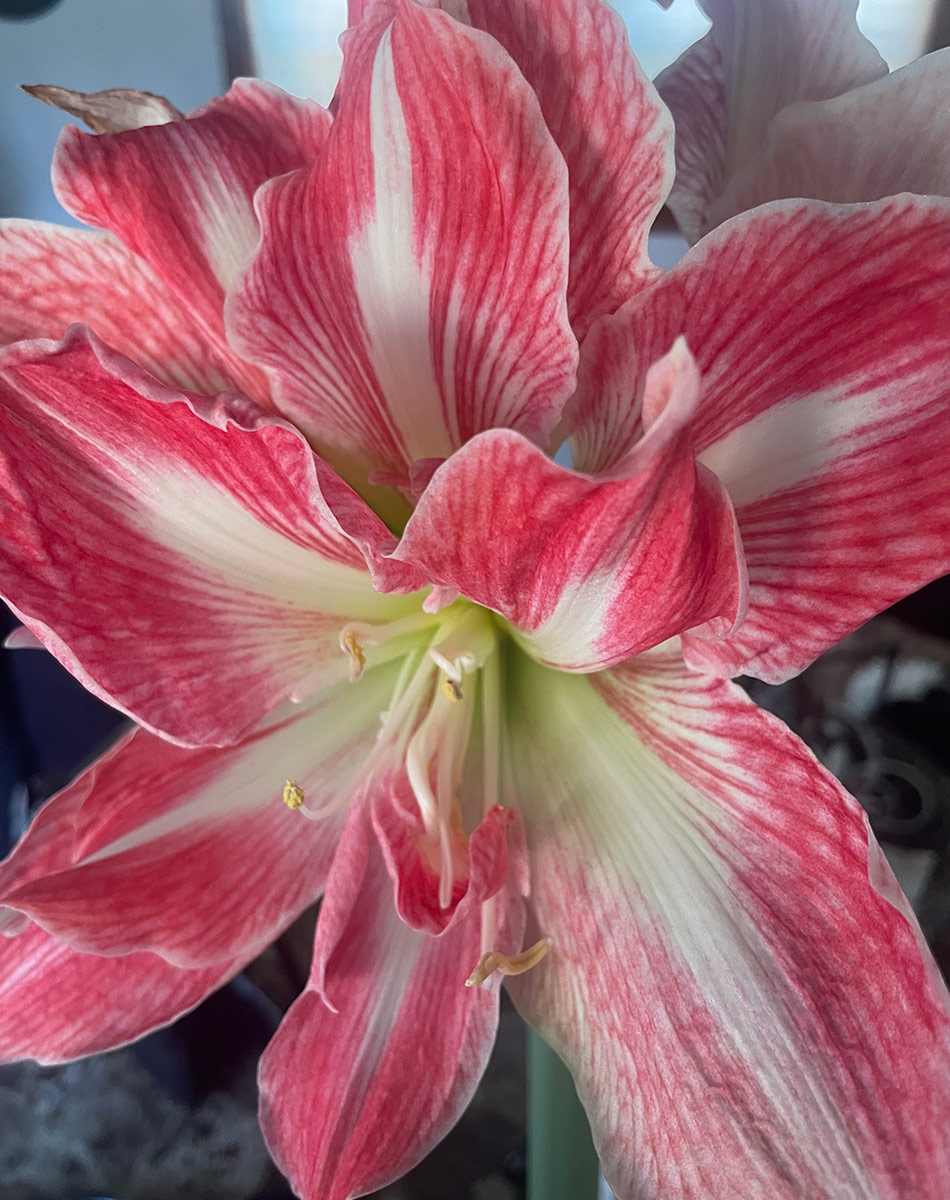
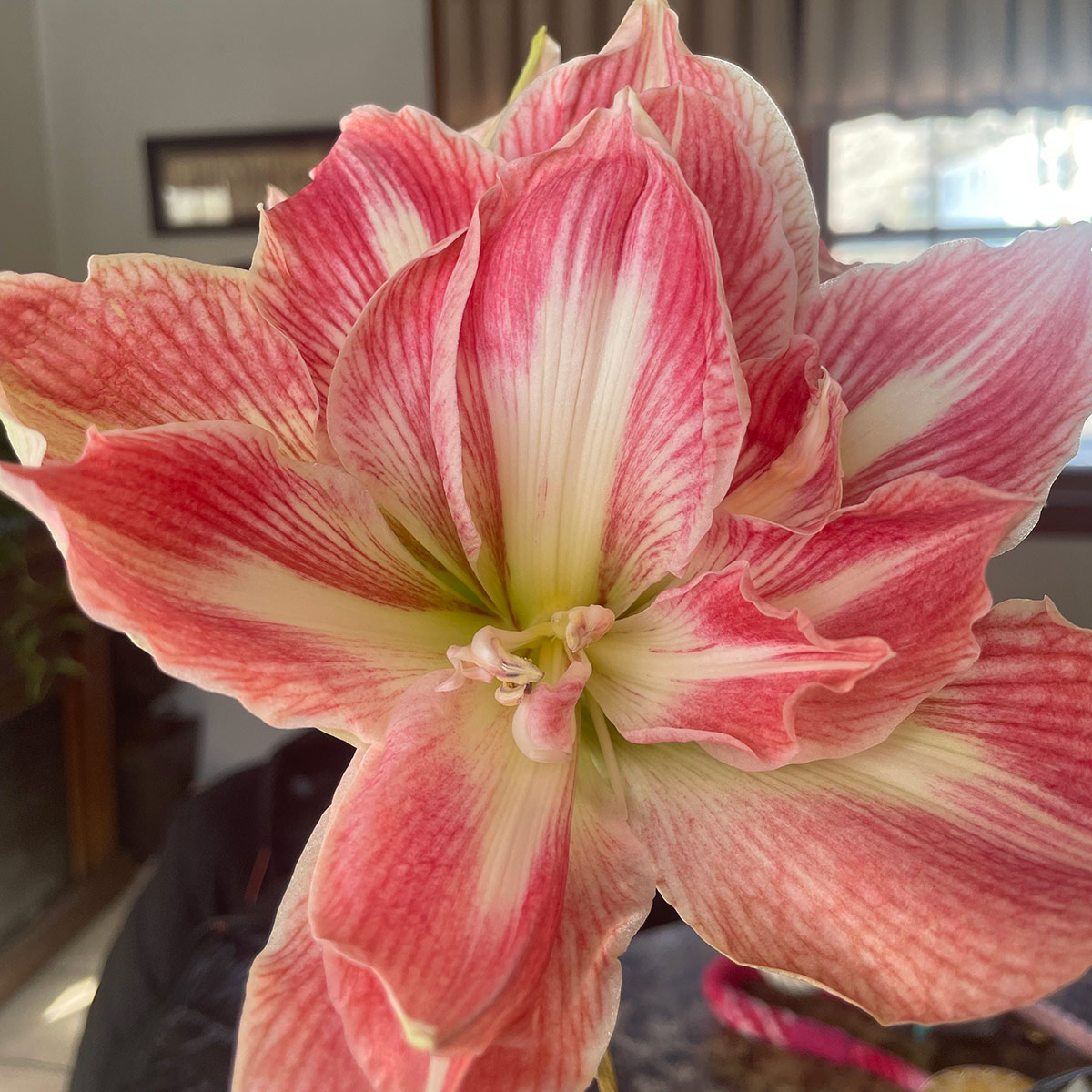
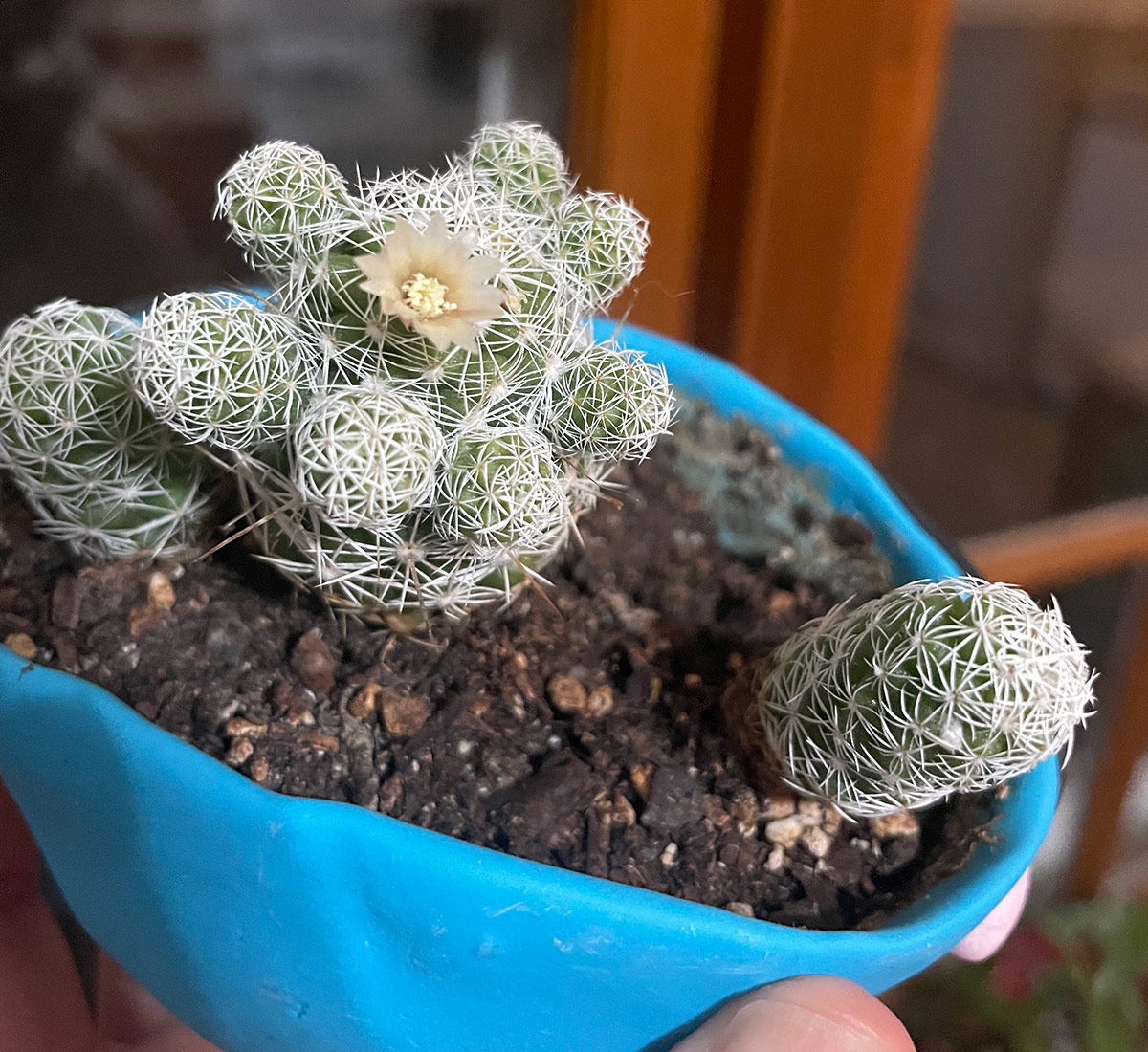
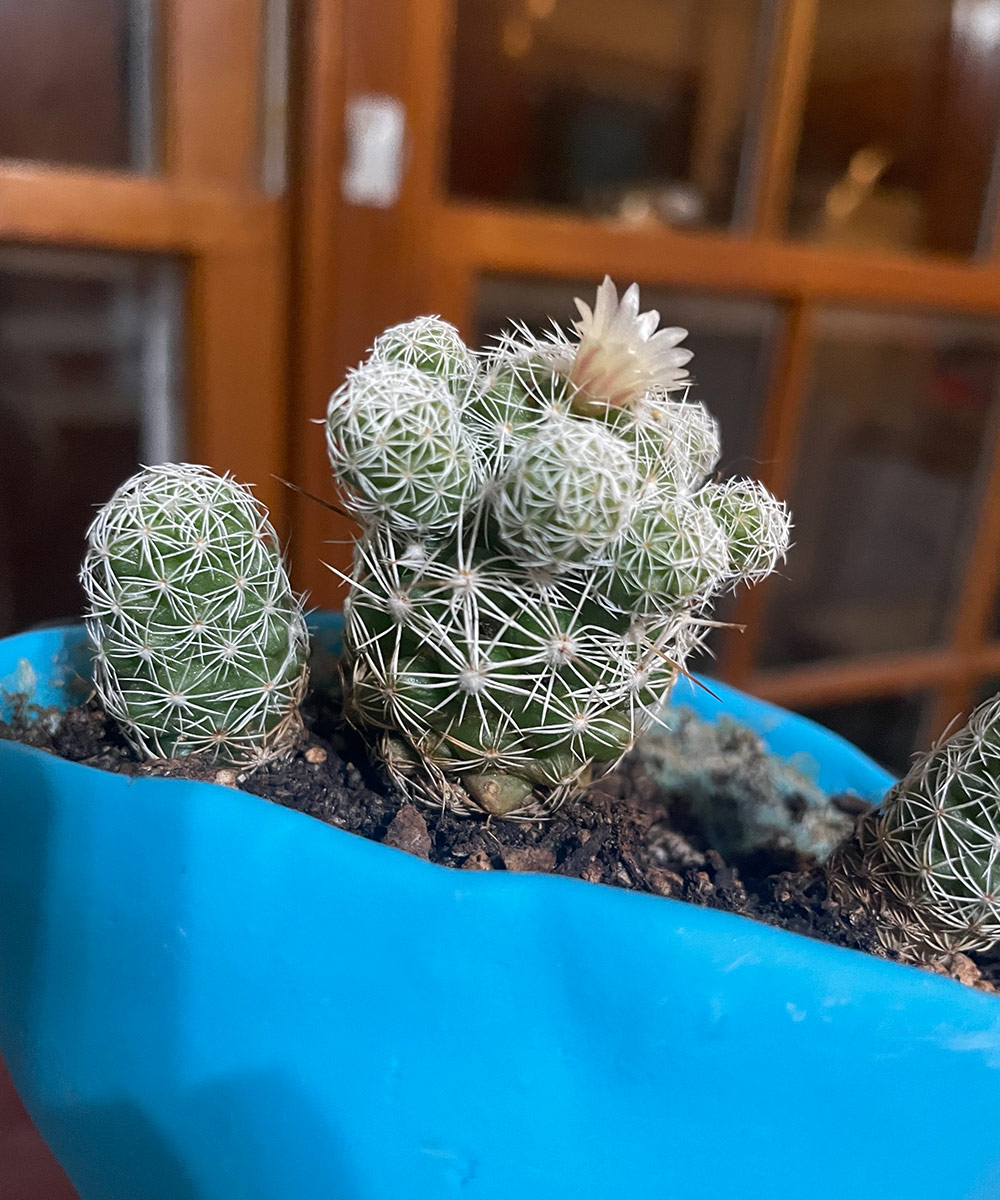
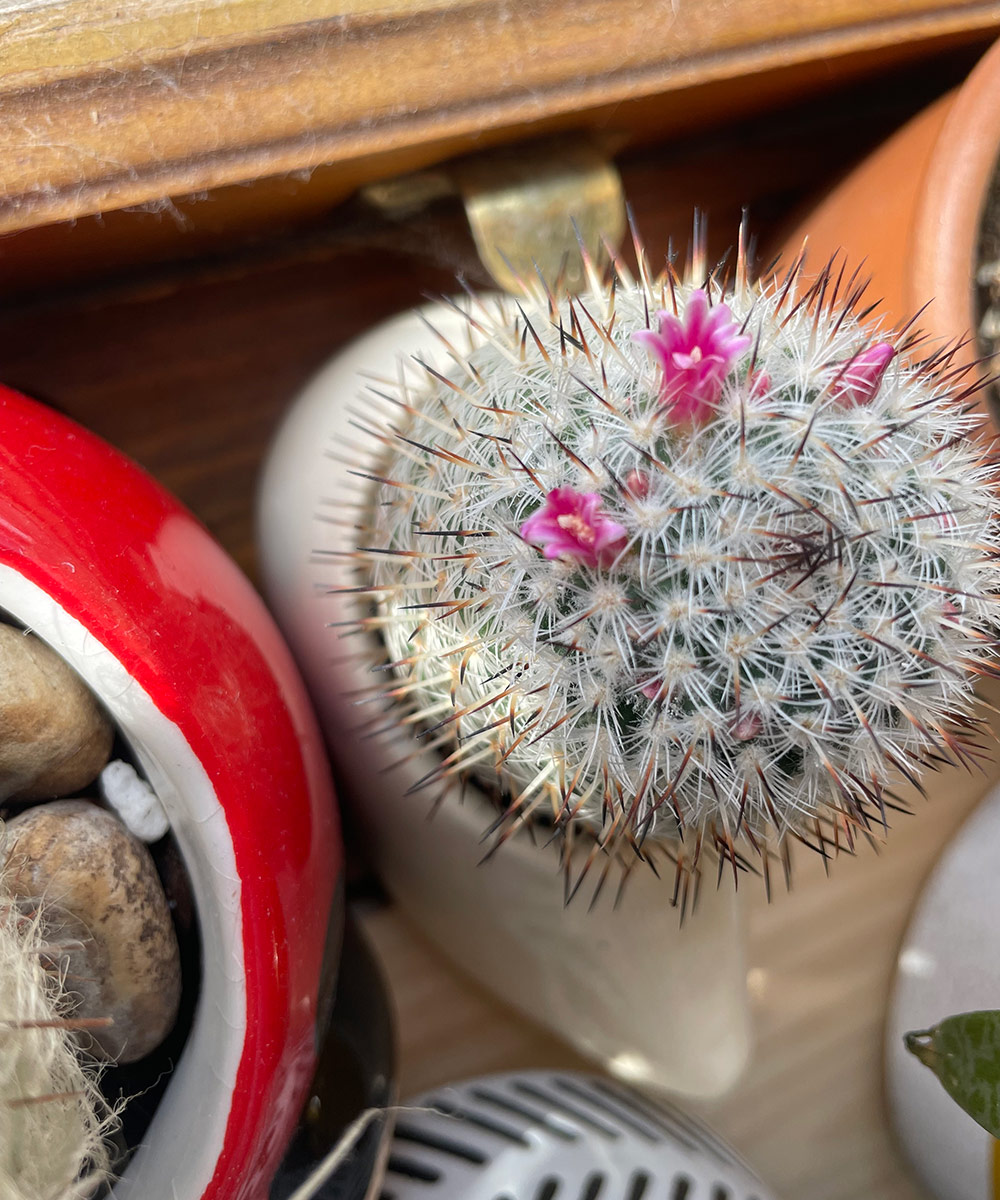
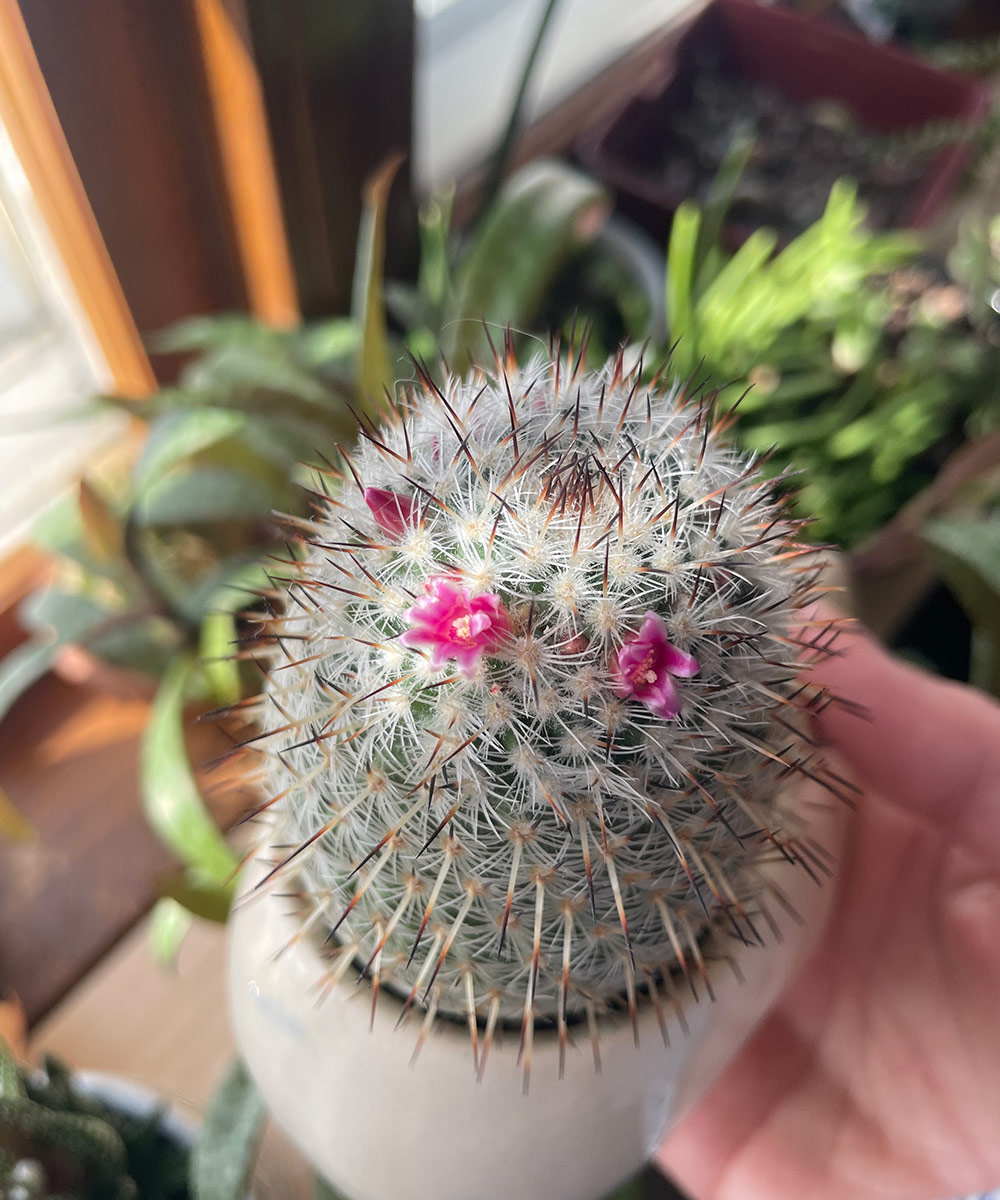
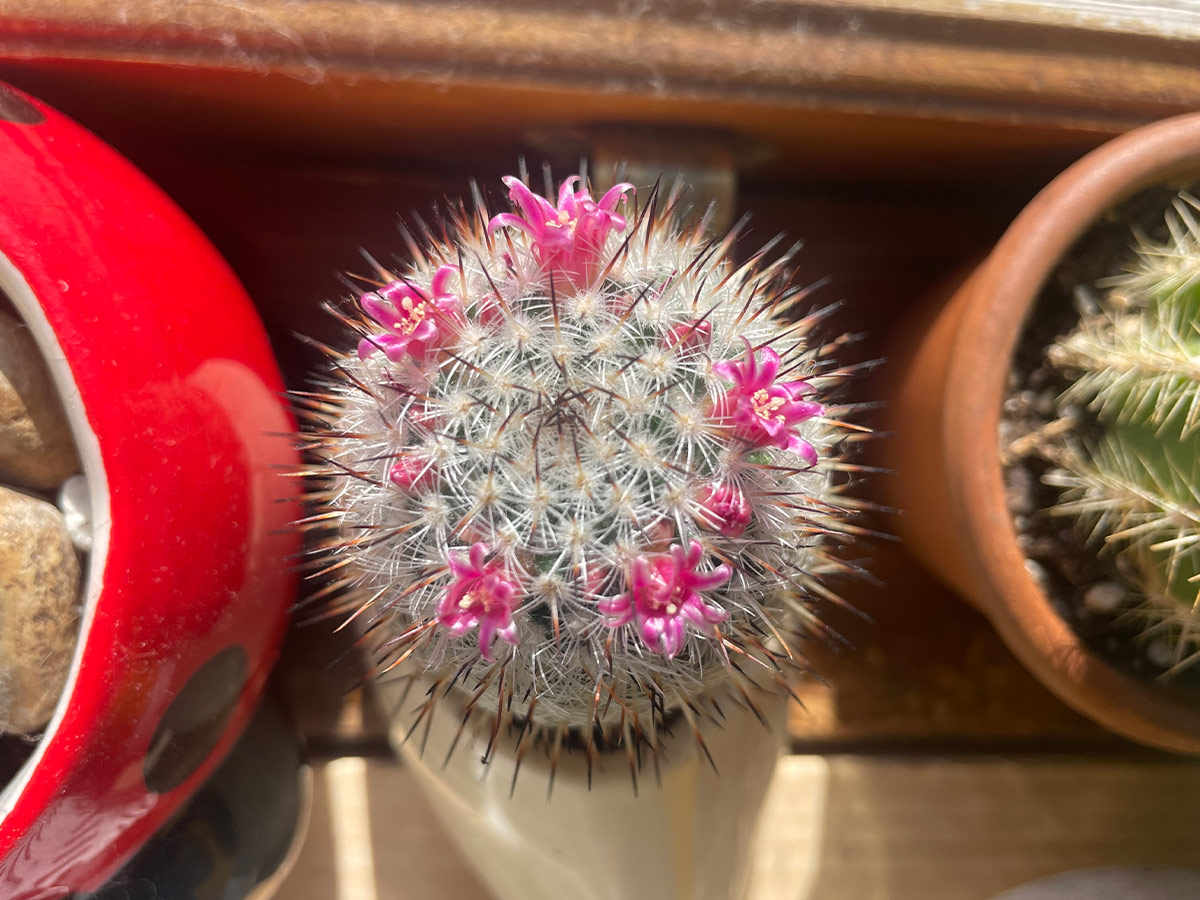
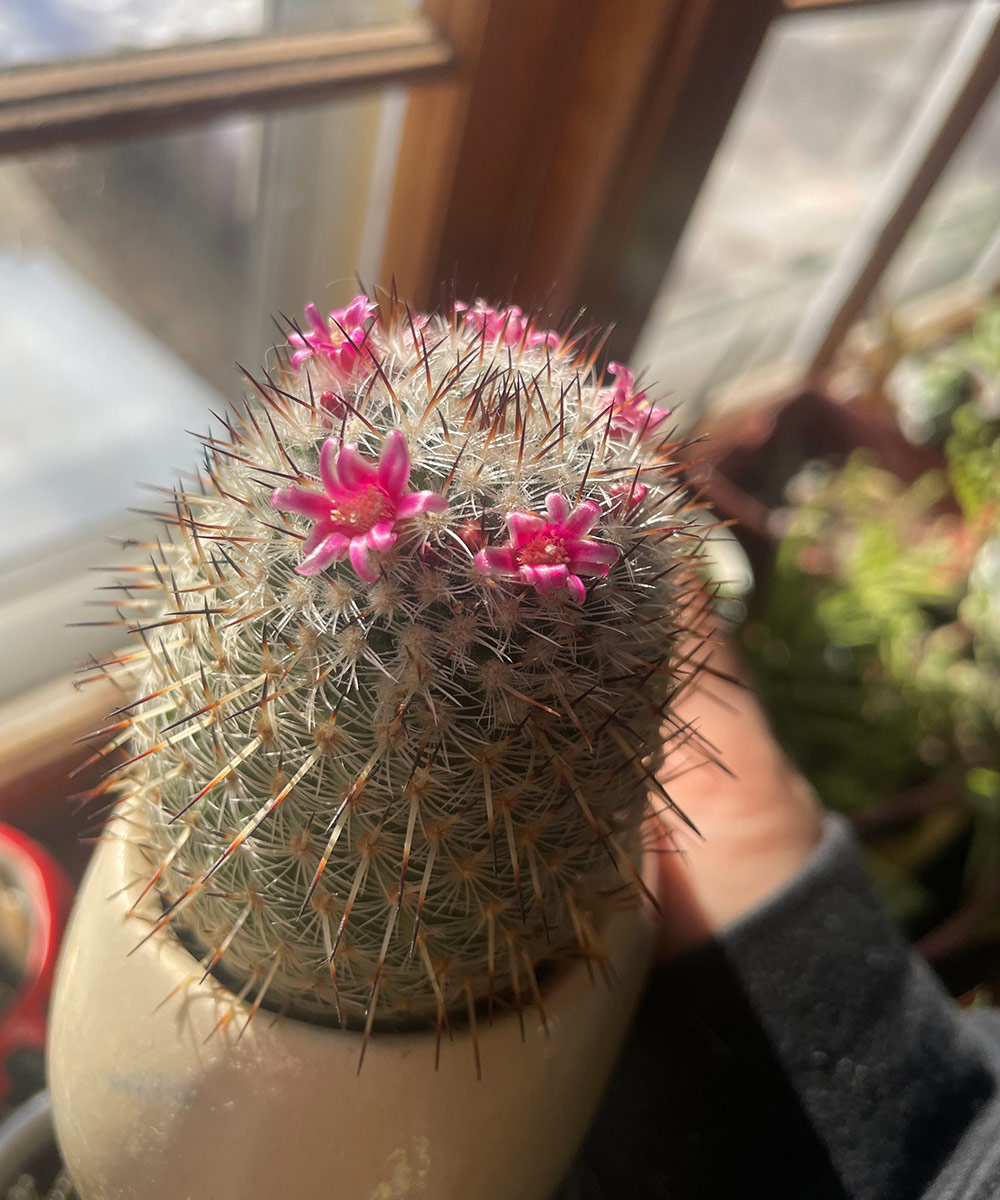
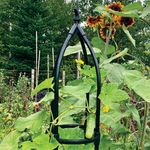
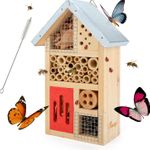
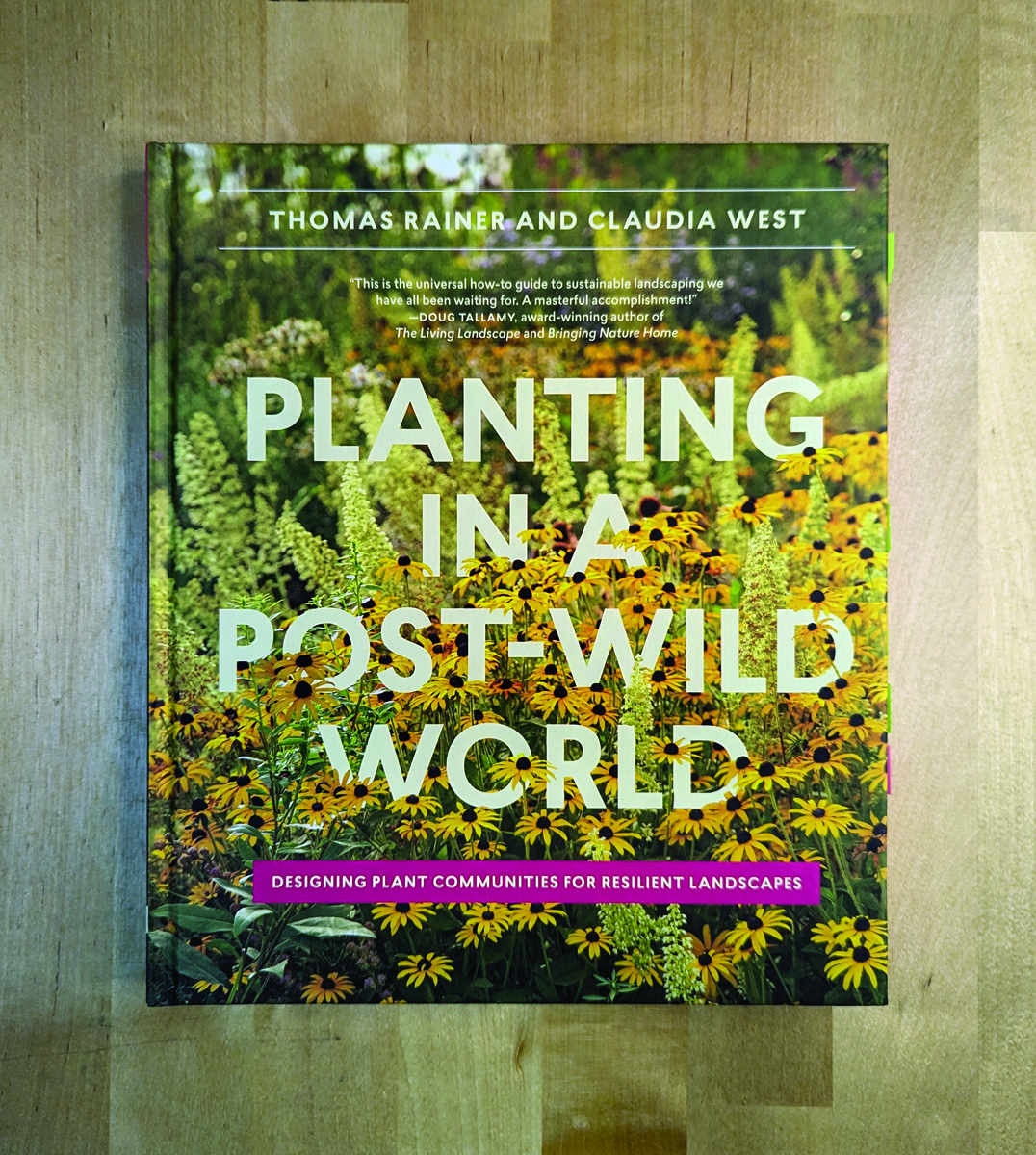



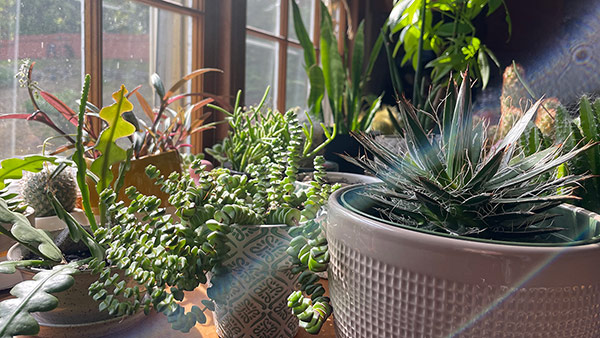
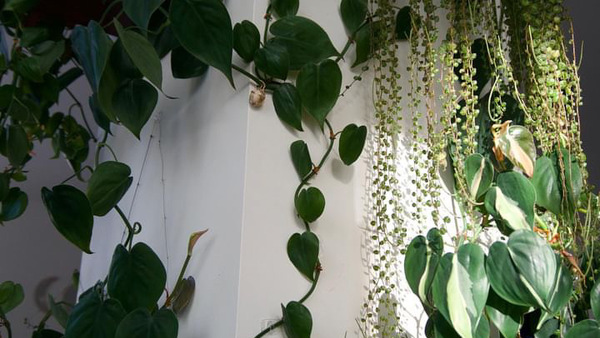










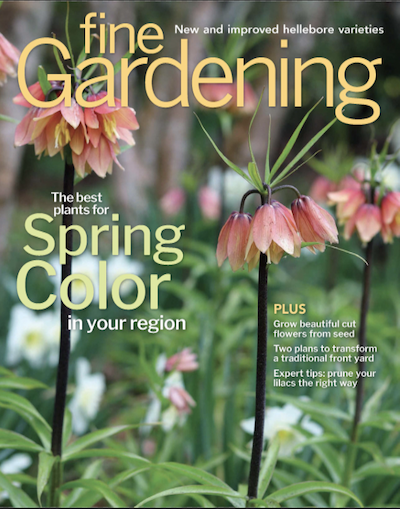


Comments
Very pretty blooms/
I love those cacti! I have lots of succulents but no cacti.
Log in or create an account to post a comment.
Sign up Log in